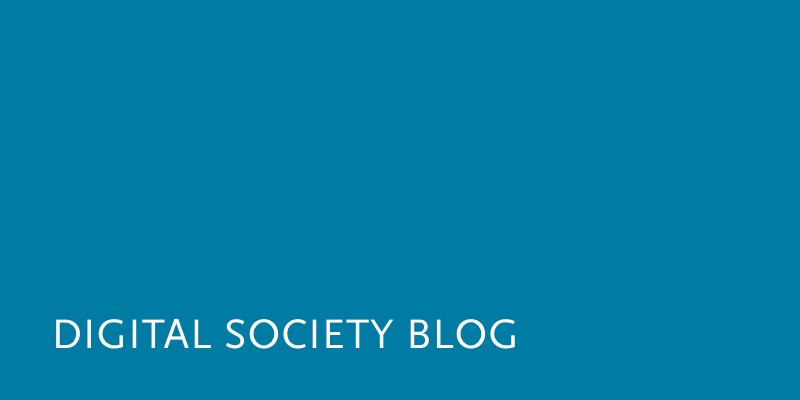Unsere vernetzte Welt verstehen

Die regulatorischen Bedingungen von IP interconnection
IP interconnection ist stärker reguliert als häufig angenommen. In einer Umfrage von Uta Meier-Hahn berichten Netzwerkingenieure unter anderem von Offenlegungspflichten und vorgeschriebenem Peering. Es kommt zu einem Spannungsverhältnis zwischen regulierten und informell geregelten Räumen im Internet.
Internet interconnection has often been described as an unregulated field. However, local public regulation is starting to emerge – be it through disclosure regulations, mandatory peering or licensing terms. Due to the networked nature of the internet, local rules may acquire a global scope.
In order to start understanding the regulatory landscape of internet interconnection I conducted an exploratory survey among internet interconnection professionals. The full report has now been published. It provides an initial overview about how different kinds of public regulation affect internet connectivity. On the basis of a convenience sample of 163 survey submissions, the following has been found:
- Nine out of ten kinds of regulation presented to the participants have been encountered by more than half of them. This result gives reason to revisit the widespread notion that internet interconnection is an unregulated space. 66% of the participants have encountered a regulatory authority that imposes its own technical or operational standards. Moreover, imposition of regulatory standards was regarded to be the most influential on internet interconnection practices, together with competition laws (both 67%).
- Local regulation of internet interconnection creates a tension between the regulated and the unregulated space in the internet. In order to overcome the normative difference, network operators need to make an extra effort. The degree to which network operators are affected by local regulation depends on a networks’ structure rather than on its size. Local regulation raises more difficulties for the kinds of infrastructural innovations that depend on having many points of presence.
- For networkers, public regulation of internet interconnection is relevant in three thematic domains: 1) in the economies of internet interconnection, 2) in engineering and operations, and 3) in the modes of governance.
- Overarching observations note that public regulation of internet interconnection contributes to a formalisation of the otherwise very informal sector. It also shines a spotlight on how networks are categorised and are thereby “prepared” for the application of regulation. Further, various examples highlight how regulatory authorities co-opt internet infrastructure for new policy purposes that were previously not understood as central to internet operations, e.g., data retention.
- Local networkers value the presence of international network operators not only as potential peering partners but also as mediators for know-how about best practices and advanced modes of internet interconnection.
- Networkers are very critical about regulations that contradict engineering principles. The most accepted forms of regulation also apply in other societal spheres: basic rights for citizens, e.g., for broadband, and competition regulation.
The full report can be downloaded from the SSRN. The survey data on which this report is based is available under a CC-BY 4.0 license at http://dx.doi.org/10.7802/1198.
Dieser Beitrag spiegelt die Meinung der Autorinnen und Autoren und weder notwendigerweise noch ausschließlich die Meinung des Institutes wider. Für mehr Informationen zu den Inhalten dieser Beiträge und den assoziierten Forschungsprojekten kontaktieren Sie bitte info@hiig.de

Jetzt anmelden und die neuesten Blogartikel einmal im Monat per Newsletter erhalten.
Plattform Governance
Raus aus dem Digitalisierungsstau: Data Governance bringt Städte und Gemeinden auf die digitale Überholspur
Der Data Governance Wegweiser unterstützt Verwaltungen, digitale Lösungen effektiv umzusetzen.
Netzecho: Reaktionen auf die Tagesschau in Einfacher Sprache
Seit 2024 gibt es die Tagesschau in Einfacher Sprache. Wie wird das neue Nachrichtenformat von Nutzer*innen im Internet diskutiert?
Chancen gegen Einsamkeit: Wie Pflegeeinrichtungen das Quartier vernetzen
Was hilft gegen Einsamkeit im Alter? Pflegeeinrichtungen schaffen neue Räume für Gemeinschaft und digitale Teilhabe.




